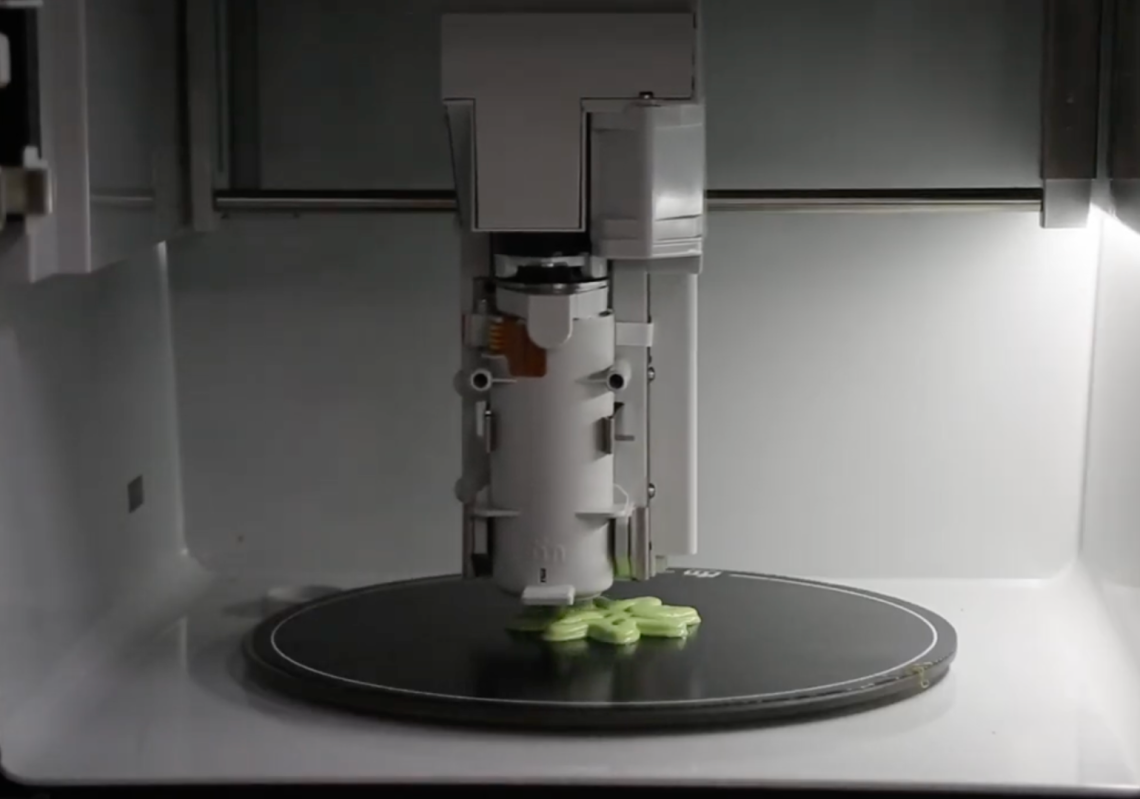3D-printed meals help people with dysphagia


An estimated one million Australians have dysphagia, or difficulty swallowing, affecting their health and quality of life. For people who can only eat pureed food, its shape and visual appeal can affect both their appetite and their nutrition.
Working with researchers from Deakin University, the University of Technology Sydney and the Australian National University, speech pathologist Professor Bronwyn Hemsley has been exploring whether a 3D printer is capable of “printing” pureed food that will improve the eating experience for more people with dysphagia.
The project has received funding from from the Australian Research Council via the Discovery Project.
Hemsley believes there is large scope to further improve the printer’s capability in terms of the user experience and the variety of food textures it is able to print.
“At the moment, 3D food printing is quite limited,” she told create. “There needs to be more work done by engineers, speech pathologists and people with dysphagia to co-design a machine that will do exactly what’s needed.”
Hit play on the video below to learn more about the invention – and what the 3D-printed food tastes like.
Filmed by Carlos Manaog with reporting by Jonathan Bradley.
Carlos Manaog is a Sydney based video producer. When he’s not making videos about engineering, he likes to overanalyse song lyrics or chase paranormal occurrences.
The scope of 3D printing food is nothing short of revolutionary. Imagine a world where personalized nutrition meets culinary creativity, all at the touch of a button. With 3D printing technology, we’re not just talking about replicating existing dishes; we’re redefining how we think about food production and consumption. Picture a future where dietary restrictions are effortlessly accommodated, where nutritional needs are tailored to individual preferences, and where food waste becomes a relic of the past. The possibilities are endless – from creating intricate culinary masterpieces to addressing food security challenges by producing nutrient-rich meals in space or remote locations. While there are still hurdles to overcome, such as taste and texture refinement, the potential benefits are undeniable. 3D printing food isn’t just a novelty; it’s a glimpse into a future where food becomes as customizable, sustainable, and innovative as the technology driving it.